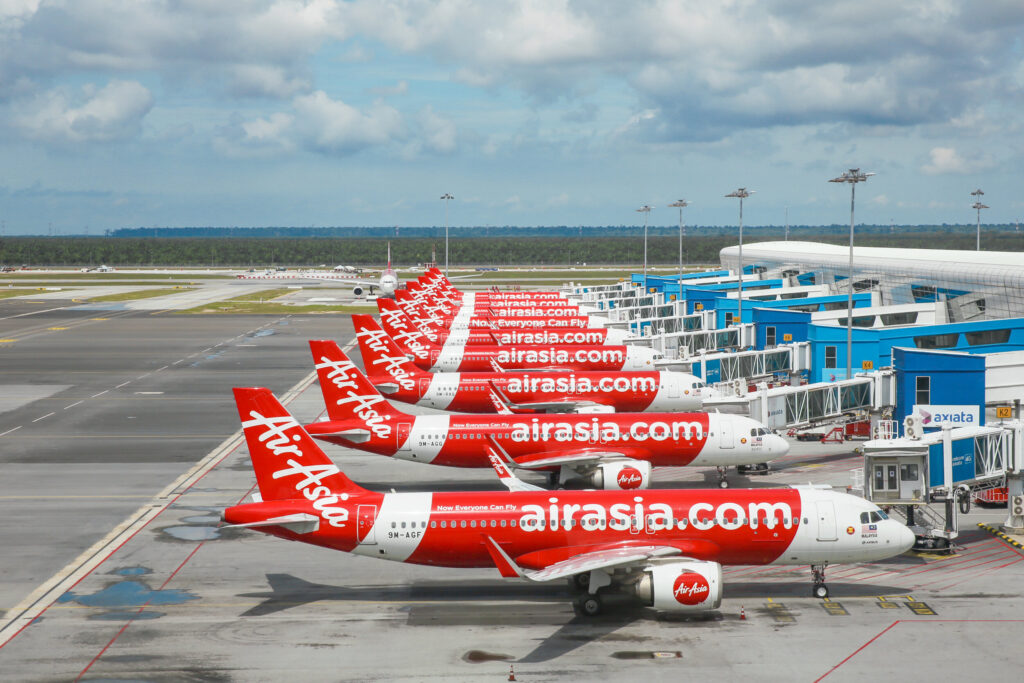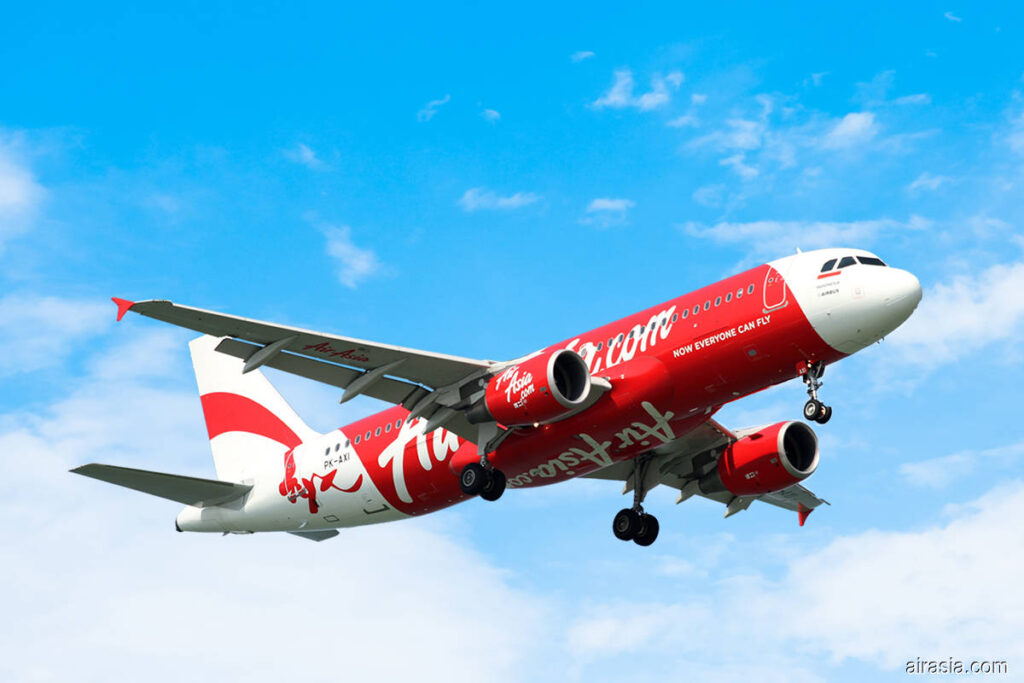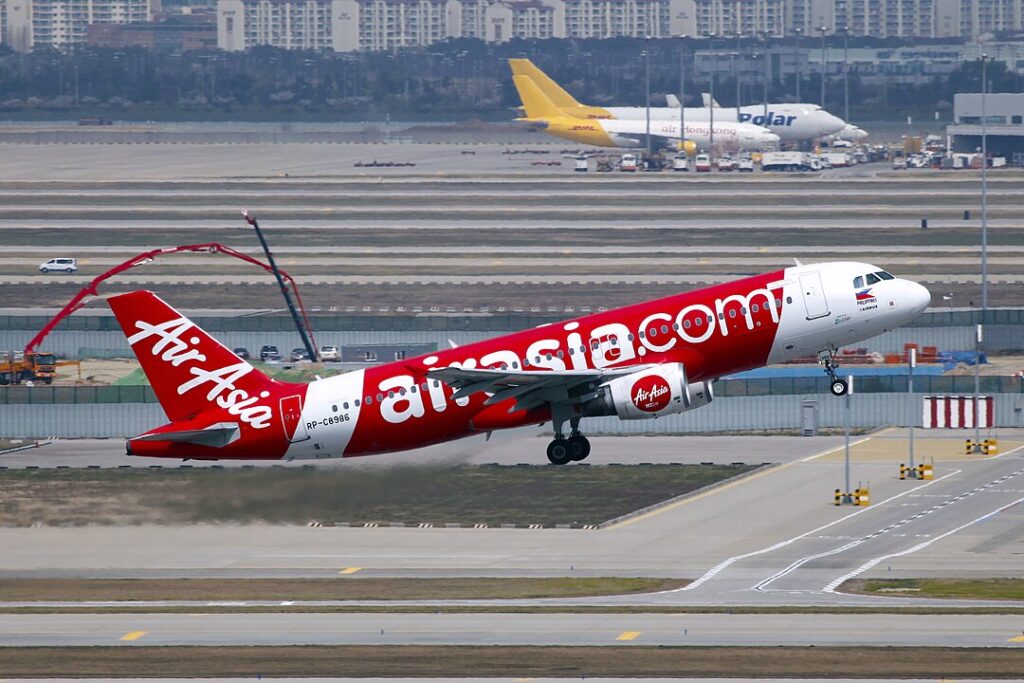MANILA- Last week, Tony Fernandes traveled to the AirAsia Philippines (Z2) team to let them know how crucial their airline is to AirAsia’s fleet and goals.
The irrepressible Tony Fernandes is Asia’s most ardent and enthusiastic proponent of aviation. Regardless of the position listed on his business card, he is, without a doubt, the face of AirAsia and the airline’s network of branches in Southeast Asia.

AirAsia Philippines to Double its Fleet
The CEO of Capital A, the parent company of AirAsia, Tony Fernandes, was in the Philippines last week. Subsequently, He emphasized the significance of the Philippine operation to the faithful at a Town Hall gathering.
He added that the Philippines is an important location for the group’s expansion goals throughout Asia and beyond, which is fantastic news for AirAsia Philippines.
AirAsia Philippines will purchase additional aircraft, including its first widebodies. Further, to support this rapid growth and extend its three hubs in the nation.
Talking about updating the fleet is one thing, but acquiring new aircraft is another. Especially in a world where airlines are vying for deliveries from OEMs across the globe due to supply-chain disruption.
Even though Fernandes indicated he has another ace up his sleeve, AirAsia is a seasoned user of Airbus aircraft. Subsequently, this devotion will be a major factor in delivery talks.
They currently have over 400 aircraft on order, and the first five A321s were delivered in 2019. Getting some leased and new planes is what’s happening in the Philippines.

AirAsia Goals
According to a press release, AirAsia Philippines now operates 16 Airbus A320-200s. Further, they target to double the fleet by 2024 and add widebody aircraft to further grow its reach and capacity.
As a result of the large number of aircraft that AirAsia Aviation still has parked, Capital A’s maintenance company, Asia Digital Engineering, is expanding its capacity to hasten the process of activating those aircraft.
According to data from ch-aviation.com, the Airbus A320-200s are crucial in order to increase capacity by 2024. Further indicating that AirAsia Philippines still has about ten of these aircraft on the inactive list.
Eleven domestic and 13 international destinations are served, and three hubs will be expanded to provide room for future expansion and new routes.

These airports serve as the hubs:
Kalibo International Airport (KLO), Clark International Airport (CRK), and Ninoy Aquino International Airport (MNL). Fernandes’ message about the post-COVID recovery and the future of tourism in the Philippines was straightforward but powerful: “We are back.”
We’ve been saying for a while that we want to attract tourists to the Philippines; we were on our way when COVID arrived, so we’ll restart now. This wonderful nation merits exposure to the rest of the globe.
“The aviation industry has made a comeback and is motivated to continue expanding. A strong leisure sector is still driving high ticket sales. People prioritize travel when it comes to their spending, according to their spending attitude. This will fuel an increase in the travel demand.
The AirAsia Aviation Group now has 157 aircraft traveling to 165 locations in 25 countries, and parent company Capital A had a strong first quarter with RM2.5 billion ($546 million) in revenues.
Stay tuned with us. Further, follow us on social media for the latest updates.
Join us on Telegram Group for Latest Aviation Updates. Subsequently, follow us on Google News.

